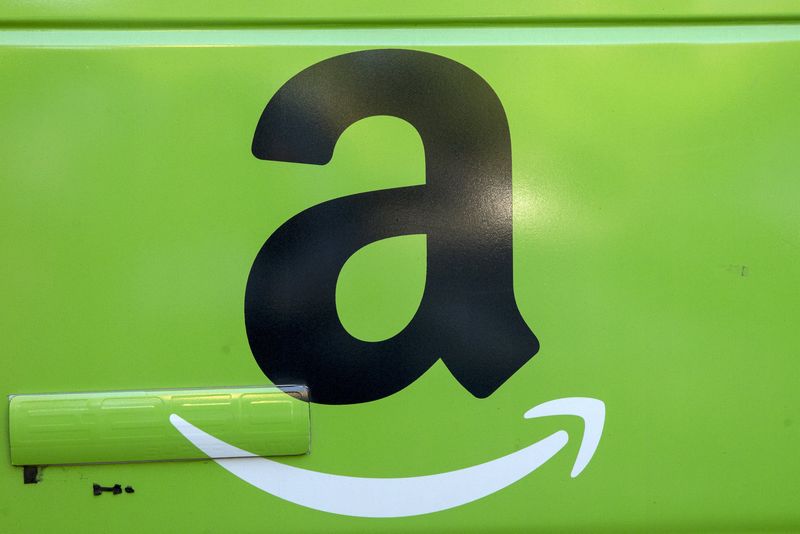ION expands ETF trading capabilities with Tradeweb integration
Investing.com -- Amazon (NASDAQ:AMZN) could be a major beneficiary of the recently signed One Big Beautiful Bill Act (OBBBA), with Morgan Stanley (NYSE:MS) estimating the company may capture around $15 billion per year in free cash flow (FCF) benefits from 2025 to 2027.
While the bulk of that is expected to be directed toward Amazon Web Services (AWS) and infrastructure, analysts suggest the added financial cushion could also allow Amazon to accelerate investment in robotics and automation.
The Wall Street bank sees “an opportunity for faster robotics investment, integration, and savings,” estimating that even a partial allocation of OBBBA proceeds could result in meaningful gains.
If Amazon were to allocate 50% of its expected $14.9 billion benefit in 2025, it could fund the construction of 17 new robotics-enabled fulfillment centers or retrofit approximately 75 existing ones.
The firm notes that buildout timelines and component constraints remain challenges, but the potential scale is substantial.
At the high end, allocating 80% of the OBBBA benefit would enable Amazon to retrofit up to 119 centers, or around 17% of its estimated 700 fulfillment centers.
The benefits of this investment could be significant, Morgan Stanley notes. “We estimate every 10% of global units flowing through next-gen robotics warehouses could translate into $2bn–$4bn of annual recurring savings for AMZN by 2027,” analysts led by Brian Nowak wrote.
This would help drive long-term structural efficiency improvements in Amazon’s fulfillment operations.
The report adds that the OBBBA tax incentives appear designed to encourage aggressive investment in GenAI and infrastructure by U.S. tech leaders.
Amazon, already planning to spend $82 billion and $93 billion on AWS capex in 2025 and 2026 respectively, may find itself with flexibility to move faster on automation as well.
Robotics is increasingly viewed as a strategic enabler, helping Amazon “deliver more items to more people faster and in a more cash flow generative manner,” the analysts noted.
Morgan Stanley projects Amazon’s free cash flow could rise 49% in 2025 thanks to the bill, and remain significantly higher in the years that follow.
This, the analysts added, could “paint a much faster path to billions of annual automation savings,” especially as Amazon continues to scale its robotics capabilities across a global logistics network.
They estimate that building a next-generation Amazon robotics warehouse costs approximately $450 million, while retrofitting an existing facility with robotics equipment costs around $100 million.
